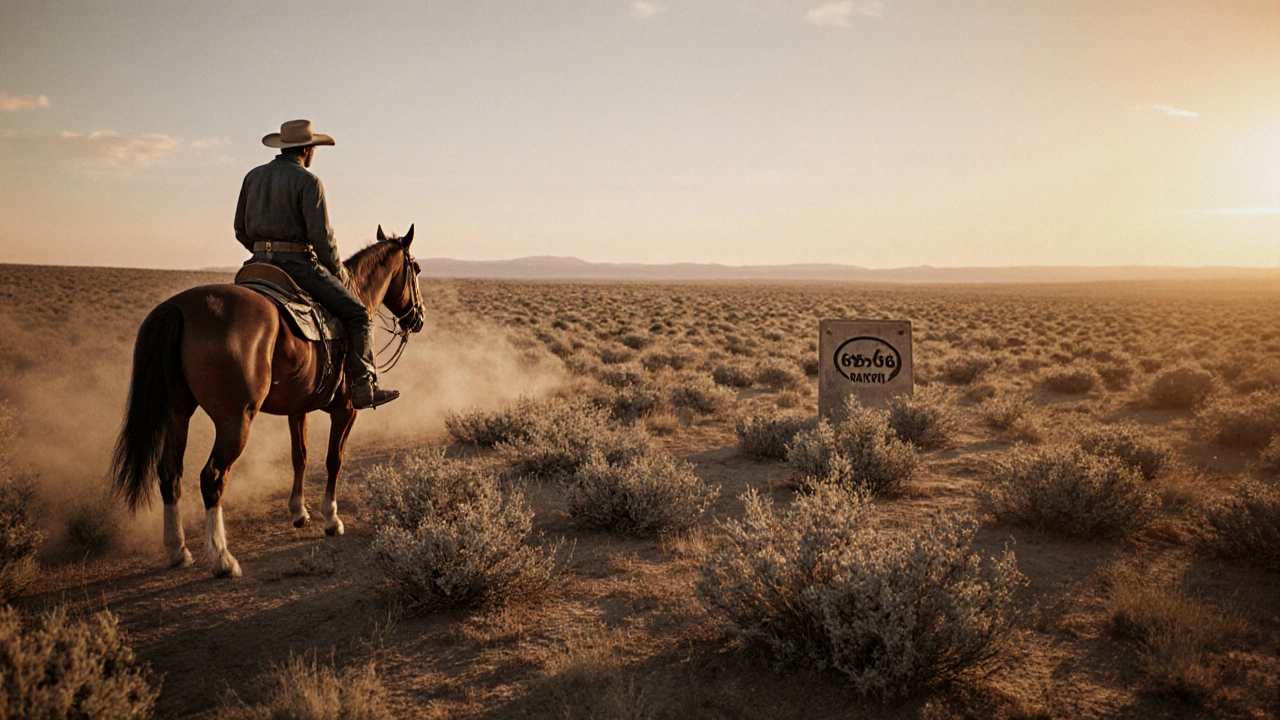Everything You Need to Know About 6666 Ranch ownership
When dealing with 6666 Ranch ownership, the legal and financial aspects of holding a large ranch property. Also known as ranch land ownership, it means you must understand who holds the title, what rights come with the land, and how those rights affect everyday decisions. Grasping this foundation makes it easier to tackle the many details that follow, from tax bills to market value calculations.
Key Topics That Shape Ranch Ownership
One of the first concepts that intersects with ranch ownership is land ownership, the bundle of rights you have over a parcel of earth. Whether the land is freehold, leasehold, or part of a larger estate determines how you can use it for grazing, farming, or development. Next, property taxes, the annual levy a government places on real estate become a recurring cost that can make or break a ranch’s profitability. Understanding the tax code in your state—especially rules about agricultural exemptions or 6‑months‑and‑a‑day residency criteria—helps you avoid surprise bills. Commercial property valuation also plays a big role. Commercial property valuation, the process of estimating a property's market worth using income, cost and comparable data guides buying decisions, refinancing, and insurance coverage for a ranch. By applying the same step‑by‑step methods you’d use for a shopping center, you can arrive at a realistic figure for acres, water rights, and existing improvements. The valuation influences both the tax assessment and the potential resale price—so it ties directly back to the other two entities. Other related ideas round out the picture. Affordable housing ordinances, though usually linked to urban projects, sometimes affect ranches when they include worker housing or community facilities. Self‑managing rental properties show up when a ranch owner decides to lease out cabins or outbuildings, requiring knowledge of lease contracts, security deposits, and eviction rules that mirror the landlord‑selling‑property articles in our archive. Each of these subtopics creates a network of obligations and opportunities that shape successful ranch ownership. In practice, the connections look like this: 6666 Ranch ownership encompasses land ownership, demands careful property tax planning, and relies on commercial property valuation to set realistic expectations. Land ownership defines the legal canvas; property taxes paint the cost landscape; valuation adds the financial dimension. Together they form a trio that any ranch investor should master before signing a deed. Below you’ll find a hand‑picked collection of articles that dive deeper into each of these areas. From step‑by‑step guides on how to calculate a ranch’s market value to detailed breakdowns of Virginia rental tax rules that might apply to guest cottages, the posts cover the full spectrum of concerns a ranch owner faces. Use them as a toolbox: pick the pieces that match your current challenge, mix them with your own experience, and build a solid strategy for owning and growing your ranch property.
Who Owns the 6666 Ranch? Uncovering the Family Behind the Four Sixes
by Arjun Mehta Oct 12 2025 0 LandDiscover the family behind the legendary 6666 Ranch, its ownership structure, operations, and how it compares to other iconic Texas ranches.
READ MORE